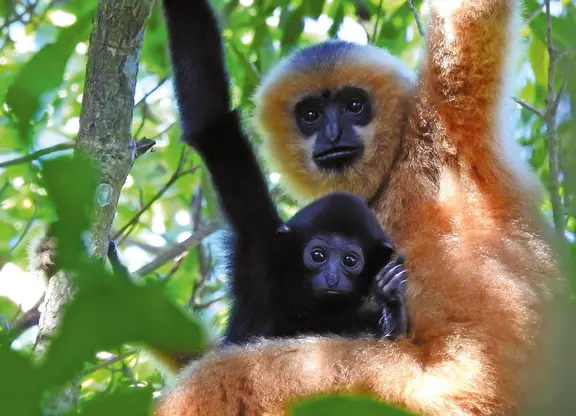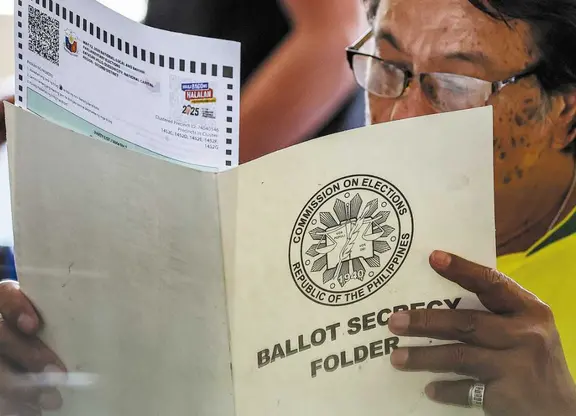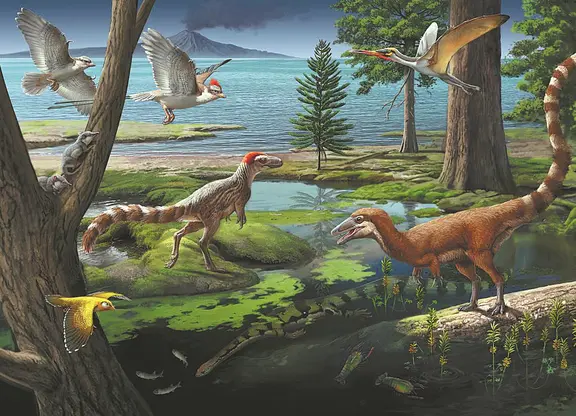Three days after most of the federal workforce was furloughed on Dec. 21, a 14-year-old girl fell 700 feet to her death at the Horseshoe Bend Overlook, part of the Glen Canyon Recreation Area in Arizona. The following day, Christmas, a man died at Yosemite National Park in California after suffering a head injury in a fall. On Dec. 27, a woman was killed by a falling tree at Great Smoky Mountains National Park, which straddles the borders of North Carolina and Tennessee.
The deaths follow a decision by Trump administration officials to leave the scenic — but sometimes deadly — parks open even as the Interior Department has halted most of its operations. Duringpreviousextended shutdowns, the National Park Service barred access to many of its sites across the nation.
National Park Service spokesman Jeremy Barnum said in an email that an average of six peopledieeach week in the park system, a figure that includes “accidents like drownings, falls, and motor vehicle crashes and medical related incidents such as heart attacks.”
“Throughout the year, the National Park System offers a wide range of visitor experiences in unique landscapes with potential hazards that may exist at parks across the nation,” Barnum said. “Visitors can reduce their risk of injury if they plan ahead and prepare properly, select the most appropriate activity that matches their skill set and experience, seek information before they arrive at the park about hazards and environmental conditions, follow rules and regulations and use soundjudgementwhile recreating.”
In 1995 and 2013, respectively, the Clinton and Obama administrations made the decision to close the parks altogether. Officials concluded that keeping the parks open would jeopardize public safety and the parks’ integrity, but the closuresalso became a political cudgel for Democratsbecause they exemplified one of the most popular aspects of federal operations that had ground to a halt.
In January 2018, White House budget director Mick Mulvaney and then-Interior Secretary Ryan Zinke made the decisionto keep national park sites as accessible as possiblein the event of a shutdown. Trump officials forged ahead with the plan — but that shutdown lasted only three days.
The current shutdown enters the third week on Saturday.
Several former Park Service officials, along with the system’s advocates, said in interviews that activities such as viewing animals and hiking outdoors can carry a greater risk when fewer employees are present.
(WP)
 简体中文
简体中文
















